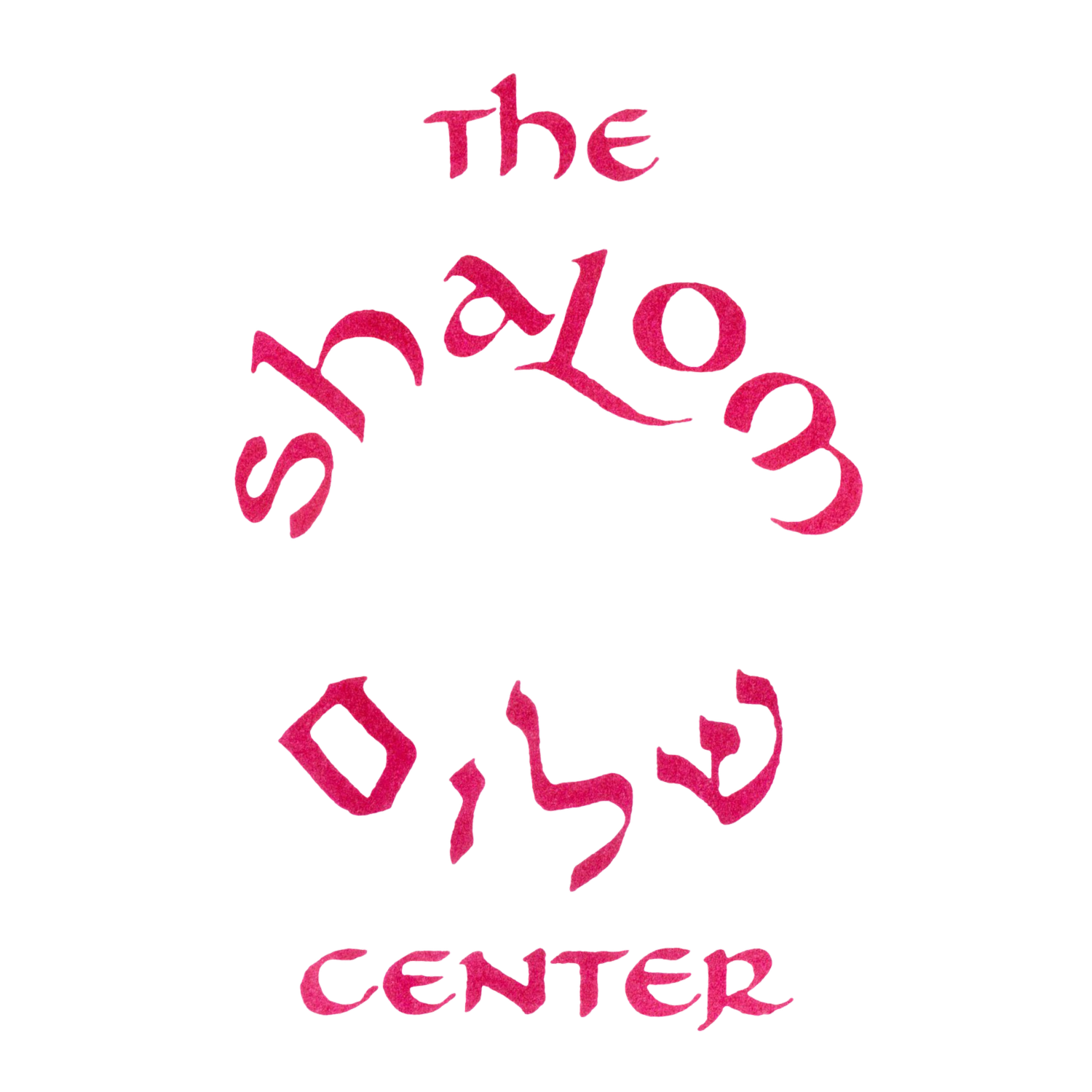Ancient Torah for the 22d Century
By Rabbi Arthur Waskow
Copyright (c) 2025 by Rabbi Arthur Waskow
Chapter One
Midrash first, explanation afterward:
Two early Israelites arguing, just after one of them — Kohenet, Priestess — has finished writing the Seven-Day story of Creation.
“There!” she says, “Everything is accounted for, in a beautiful order. Day One — Sky! — fits with the Fourth Day, Sky-Birds; Second Day — Oceans! — with Fifth Day, Ocean-Life, fish and whales; Third Day, Land! — fits with Sixth Day, Land-life, plants and trees, horses and sheep; Seventh — everything is finished, the only thing left to make is Not-making, Restfulness, Pause. Neat, huh?”
“Very neat, even beautiful,” said Ikar, Rooted-Farmer. “Befits a Priestess. But there’s one big problem. You priests and priestesses don’t hold any Land. You have no idea what it takes to bring forth grass for the sheep or the cows. Or rain for the trees. Takes a Farmer to get the Creation story right for food and growing!”
“Maybe you’re right,” said Priestess. “But what will we do with two Creation stories?”
“Tell ‘em both! And let all the folks figure out which one to believe, or maybe believe both in different patches of their heads.”
“Wow! What a great idea! A whole Torah full of disagreements and contradictions. Yisra’el, Israel, the Godwrestlers, have to decide which ones to follow and expand!”
Kohenet speaking again: “Ikar, I notice that in your Creation story there are several places where women are treated as servants, not full citizens of the world. Right now you and I are trying to write a Creation story for the 22nd Century of the Common Era; there will have to be midrash taking women's equality into account. Just letting you know!”
* * * * *
So that’s a midrash. It’s a story that Torah-lovers insert in the Torah, or maybe in a collection of stories separate from the Torah. Why? To enrich and transform the Torah that they love.
For some, to make it a Torah of Questions, not of answers.
I (the author) hope you haven’t waited till 2101 to explore with me what kind of Torah would meet the needs of the Jewish people, Christianity, and Islam (and their many cousin and grandchildren communities) when the 22d century of the Common Era opens.
We are sprinkling this Torah with “midrash” old and much newer.
It will all be tuned toward creating a Torah full of questions that can stir new action as we approach and reach 2101.
Your contributions of Torah passages or midrash you would find helpful in 2101 are utterly welcome for you to send us.
Blessings of shalom,
Arthur

